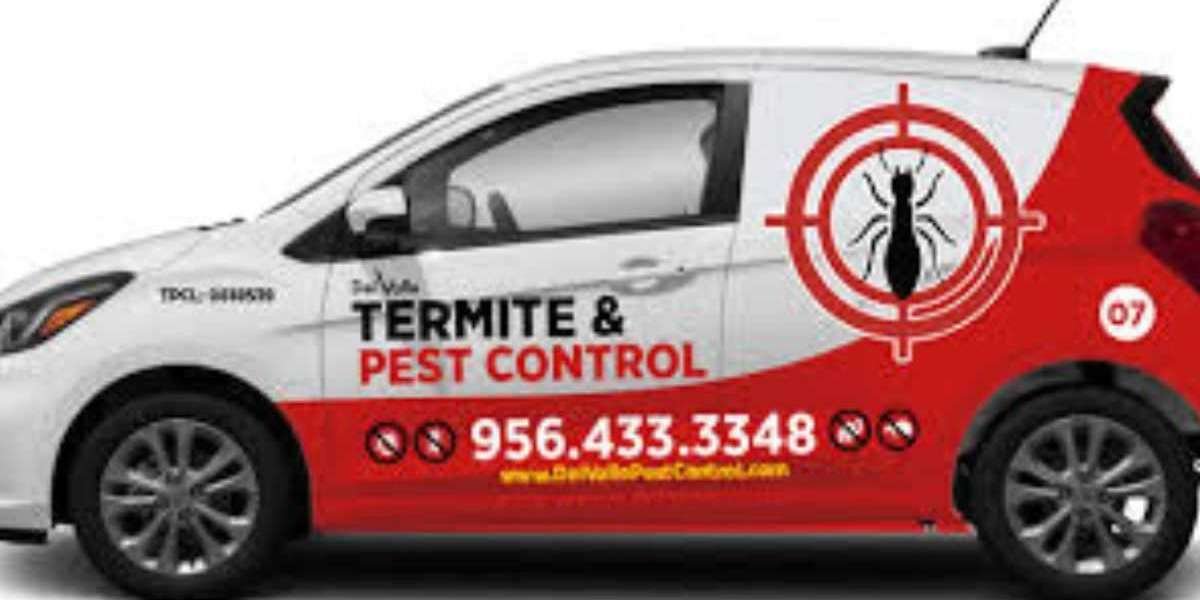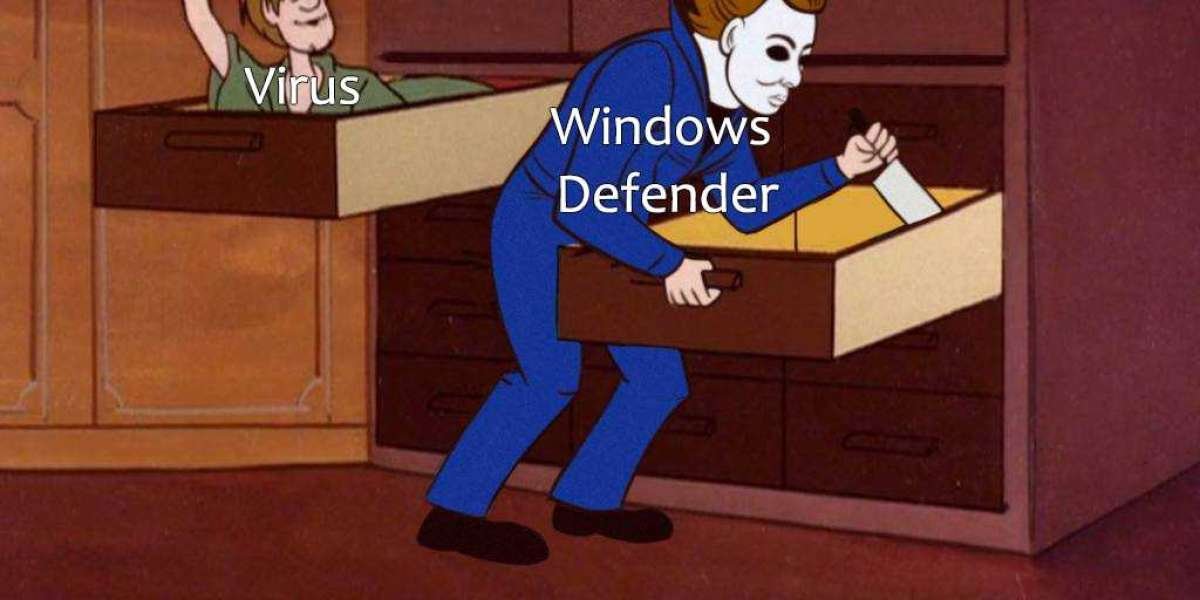Understanding Termites and Their Behavior
What Are Termites?
Termites are small, social insects that form colonies underground, in wood, or in damp environments. They thrive on cellulose, which is found in wood, paper, and plant matter. There are several species of termites, but the most common ones affecting homes are:
- Subterranean Termites: These termites live underground and build mud tubes to access food sources.
- Drywood Termites: Found in dry wood, they do not require contact with soil.
- Dampwood Termites: These termites infest wet or decayed wood, usually outdoors.
Signs of a Termite Infestation
Identifying termite activity early is crucial for minimizing damage. Common signs include:
- Mud Tubes: Subterranean termites create pencil-thin mud tunnels along walls or foundations.
- Wood Damage: Hollow-sounding wood or visible holes indicate termites feeding beneath the surface.
- Discarded Wings: Swarmers, reproductive termites, shed their wings after finding a new colony location.
- Frass: Drywood termites leave behind tiny, pellet-like droppings near infested areas.
The Importance of Termite Control
Termites control are more than just a nuisance—they pose a severe threat to homes and businesses. Here's why termite control is critical:
1. Preventing Structural Damage
Termites can weaken wooden structures, compromising the safety of your property. This includes beams, floors, and even furniture.
2. Financial Savings
The cost of repairing termite damage often exceeds the expense of preventive or active control measures.
3. Protecting Home Value
A termite infestation can reduce property value and complicate real estate transactions.
4. Ensuring Peace of Mind
Knowing your home is protected from termites provides comfort and security for you and your family.
Effective Termite Control Strategies
Managing termites requires a combination of preventive measures and active treatments. Here's a look at proven strategies:
1. Inspection and Monitoring
Regular inspections by professionals can detect termite activity early. Many pest control companies offer monitoring systems to track potential infestations.
2. Soil Treatments
Applying termiticides to soil around your property creates a chemical barrier that prevents termites from entering.
3. Bait Stations
Termite bait stations are placed around the property to attract termites. The bait contains a slow-acting poison that the termites carry back to the colony, eliminating it over time.
4. Wood Treatments
Wood can be treated with borates or other chemicals to make it resistant to termites. This method is particularly useful during construction or renovation.
5. Fumigation
In severe infestations, fumigation involves sealing the property and introducing a gas to eliminate termites throughout the structure.
6. Physical Barriers
Installing physical barriers like stainless steel mesh or sand around foundations can prevent termites from entering the building.
DIY vs. Professional Termite Control
While DIY termite control products are available, dealing with termites is often best left to professionals. Here's why:
- Expert Knowledge: Professionals can accurately identify termite species and choose the most effective treatment.
- Comprehensive Solutions: Experts address not just visible termites but also hidden colonies and potential entry points.
- Safety: Licensed professionals handle chemicals safely and ensure compliance with local regulations.
Preventing Termite Infestations
Prevention is the most effective termite control method. Follow these tips to keep termites at bay:
- Reduce Moisture: Fix leaks, maintain proper drainage, and ensure good ventilation in crawl spaces.
- Store Wood Properly: Keep firewood and wooden debris away from your home’s foundation.
- Seal Cracks: Fill cracks in your home’s foundation and walls to block termite entry points.
- Use Treated Wood: Opt for treated wood during construction or repairs for added protection.
- Landscaping Care: Avoid planting trees or shrubs too close to your home, as their roots can attract termites.
The Role of Technology in Termite Control
Modern termite control leverages advanced technologies for better results:
- Thermal Imaging: Detects termite activity through heat signatures.
- Digital Monitoring: Smart systems track termite movements and alert homeowners in real time.
- Eco-Friendly Solutions: Innovations include non-toxic treatments and natural repellents to reduce environmental impact.
Choosing the Right Termite Control Service
Selecting a reliable termite control provider is essential for effective results. Consider these factors:
- Experience: Choose companies with expertise in termite control.
- Reputation: Look for positive reviews and testimonials.
- Warranty: Ensure the service includes a warranty for continued protection.
- Eco-Friendly Options: Inquire about green or low-toxicity treatments.
Conclusion
Termite control is a critical aspect of property maintenance, safeguarding your home from costly damage and structural risks. By understanding termite behavior, adopting preventive measures, and seeking professional help when necessary, you can protect your home and enjoy peace of mind. Proactive termite control today ensures a secure and termite-free tomorrow.












